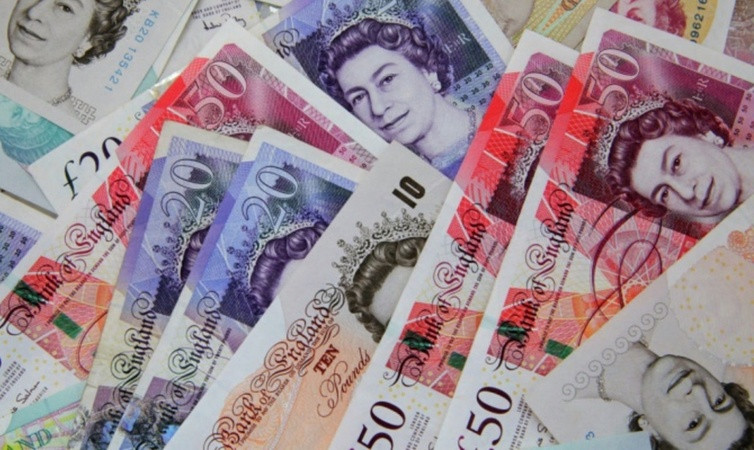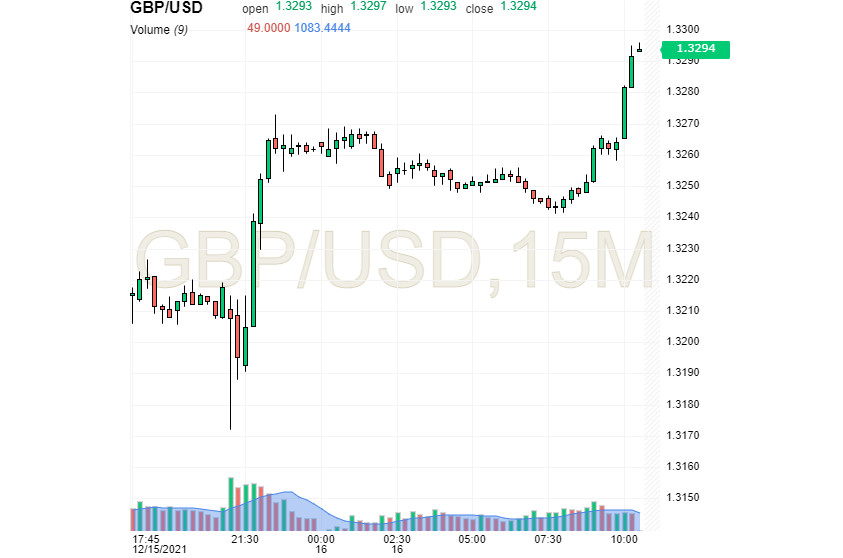
The British currency, unlike the American one, lacks the confidence to move on. Against this background, sterling periodically experiences strong volatility. Currently, its attempts to enter the upward spiral have been crowned with success.
By the end of this week, the pound showed a rise against the background of moderately negative employment data in the UK. At the same time, the situation on the labor market in the country is far from positive. In the process of its recovery, the British economy faced the same problems as the United States – a shortage of workers. Experts call this the hysteresis effect (that is, prolonged "idle time" of the workforce). Most UK companies have increased their salary costs, which has increased the risk of higher final prices for consumers. This harms the state of the British economy, experts emphasize.
The current report on employment in the UK, which contains rare positive elements, indicates an increase in inflation in the United Kingdom. The unwinding of the inflationary spiral worries the markets and the British regulator. According to current reports, in November, consumer inflation in the UK reached a 10-year high of 5.1%, approaching the peak values of 2008 and 2014 (5.2%).
The last time off-scale inflation in the country was recorded in the early 1990s. Against this background, British manufacturers are shifting increasing costs to consumers, since in November, manufacturers' purchase prices increased by 1%, selling prices - by 0.9%, and consumer prices - by 0.7%. The increase in the inflationary curve is a signal for the Bank of England to further raise rates, scheduled for early 2022. The implementation of such a scenario is favorable for the pound, analysts believe.
On Wednesday, December 15, the sterling soared to a weekly high. The catalyst for the growth of the pound was the current data on inflation in the UK. The current situation gives hope to the market for an increase in the key rate by the regulator in February next year. On Thursday, December 16, the GBP/USD pair continued its upward trend, trading near 1.3293-1.3294. The nearest target of sterling is 1.3300, which opens the way to new heights.

According to analysts, the UK is better able to cope with high inflation than other European countries. However, ambiguous CPI data and the problem of employment hinder economic growth in the country. At the same time, business activity indices in the United Kingdom have been revised downwards, which does not contribute to positive changes in the near future. To avoid the threat of stagflation, the Bank of England will return to the topic of accelerated curtailment of stimulus programs, experts believe.





















